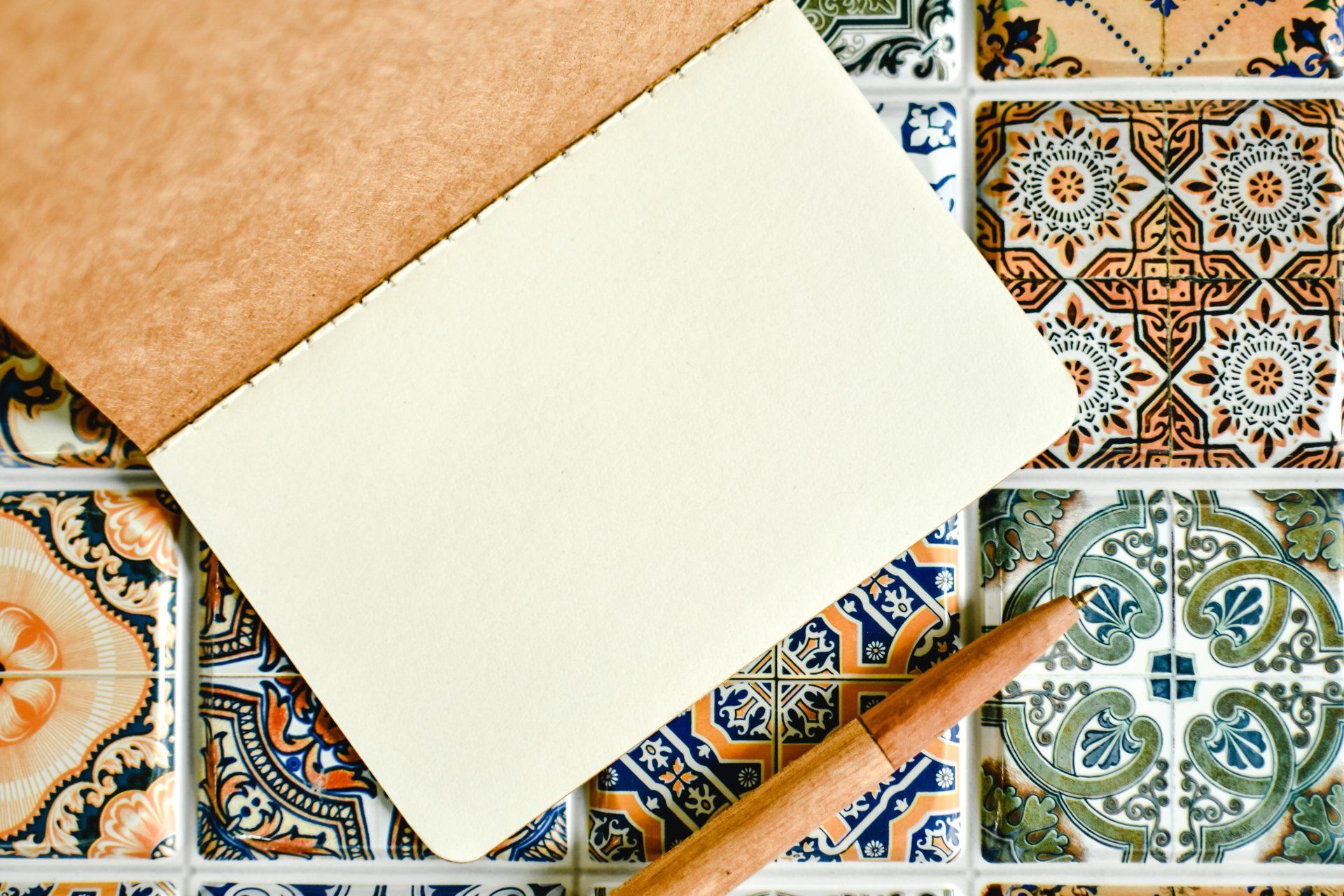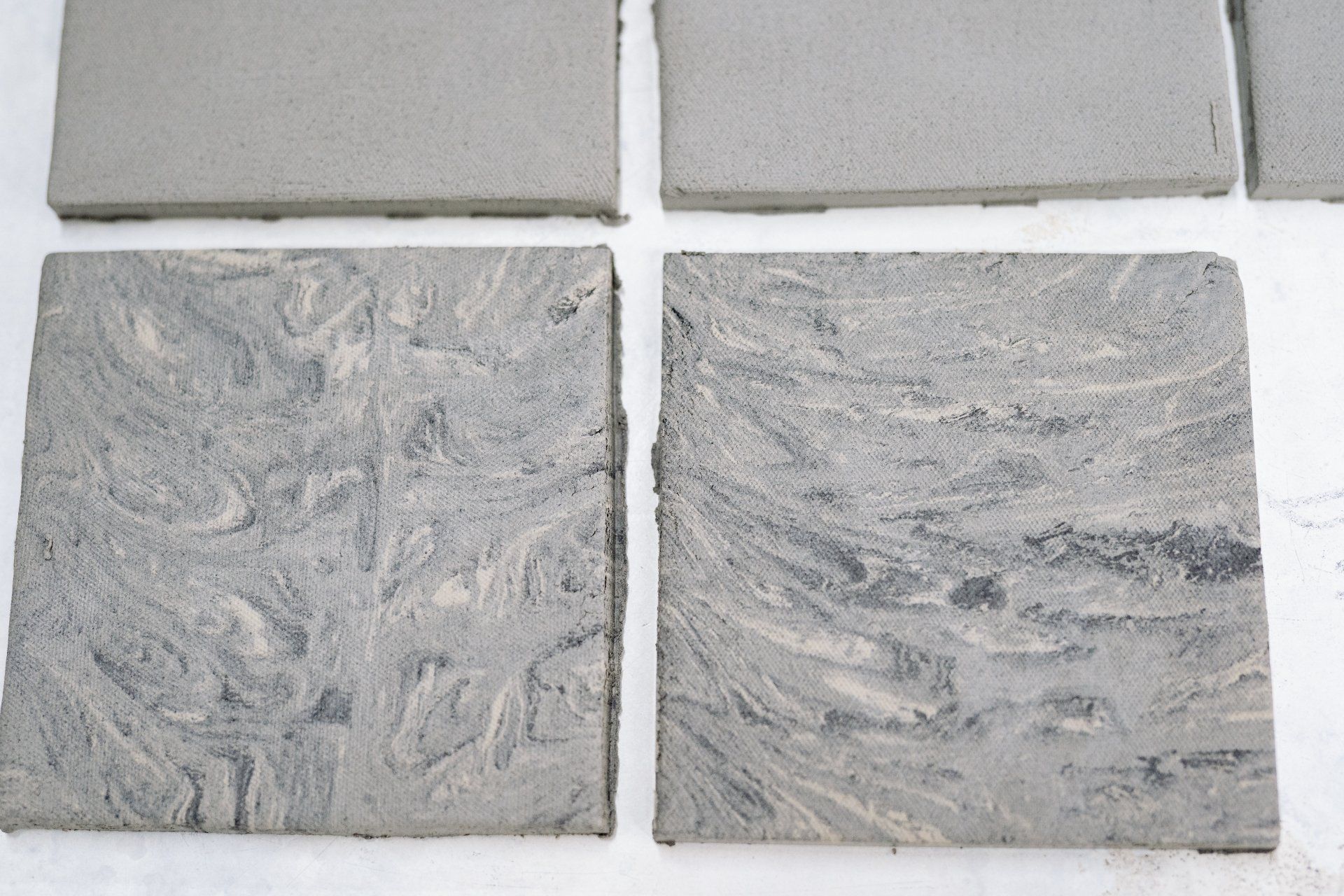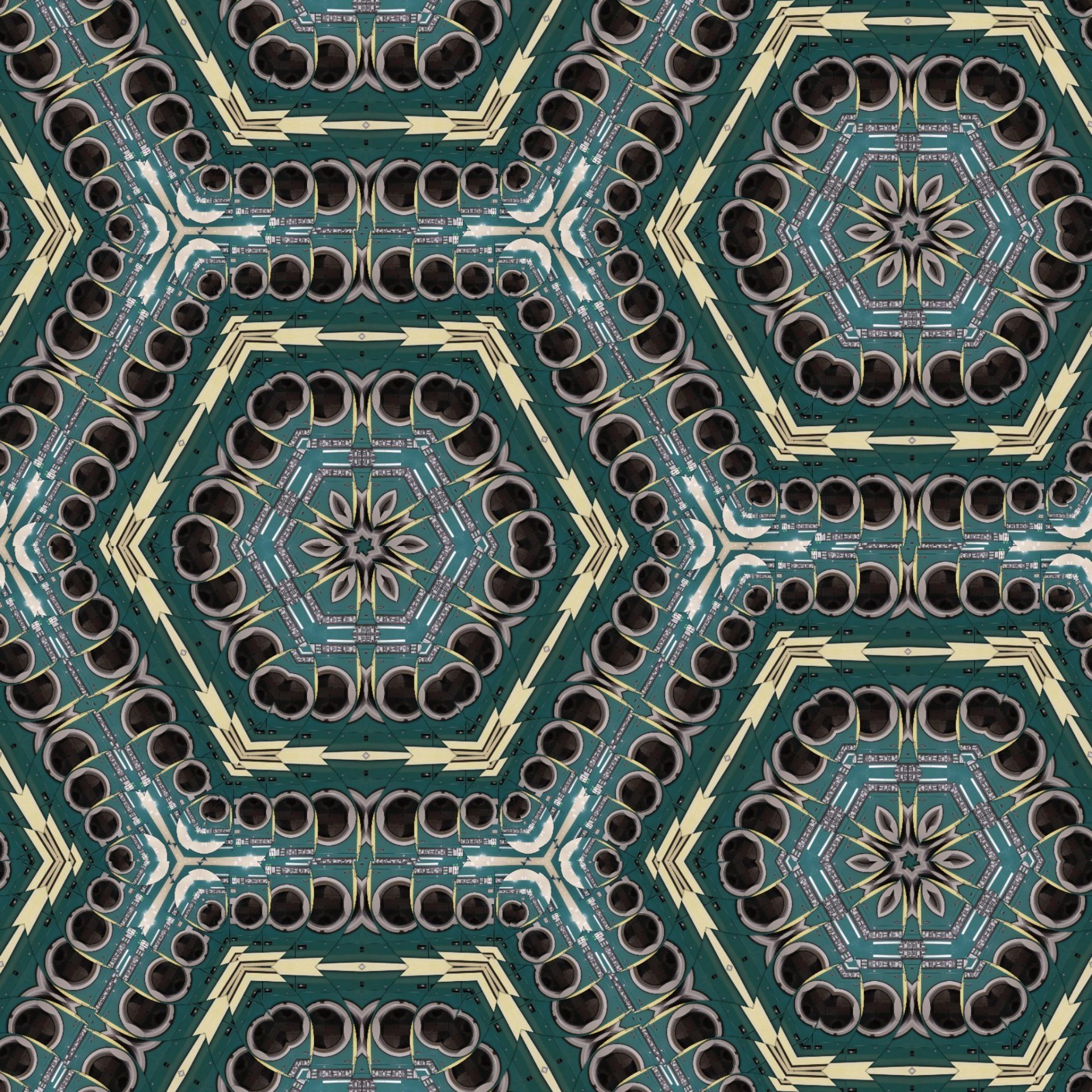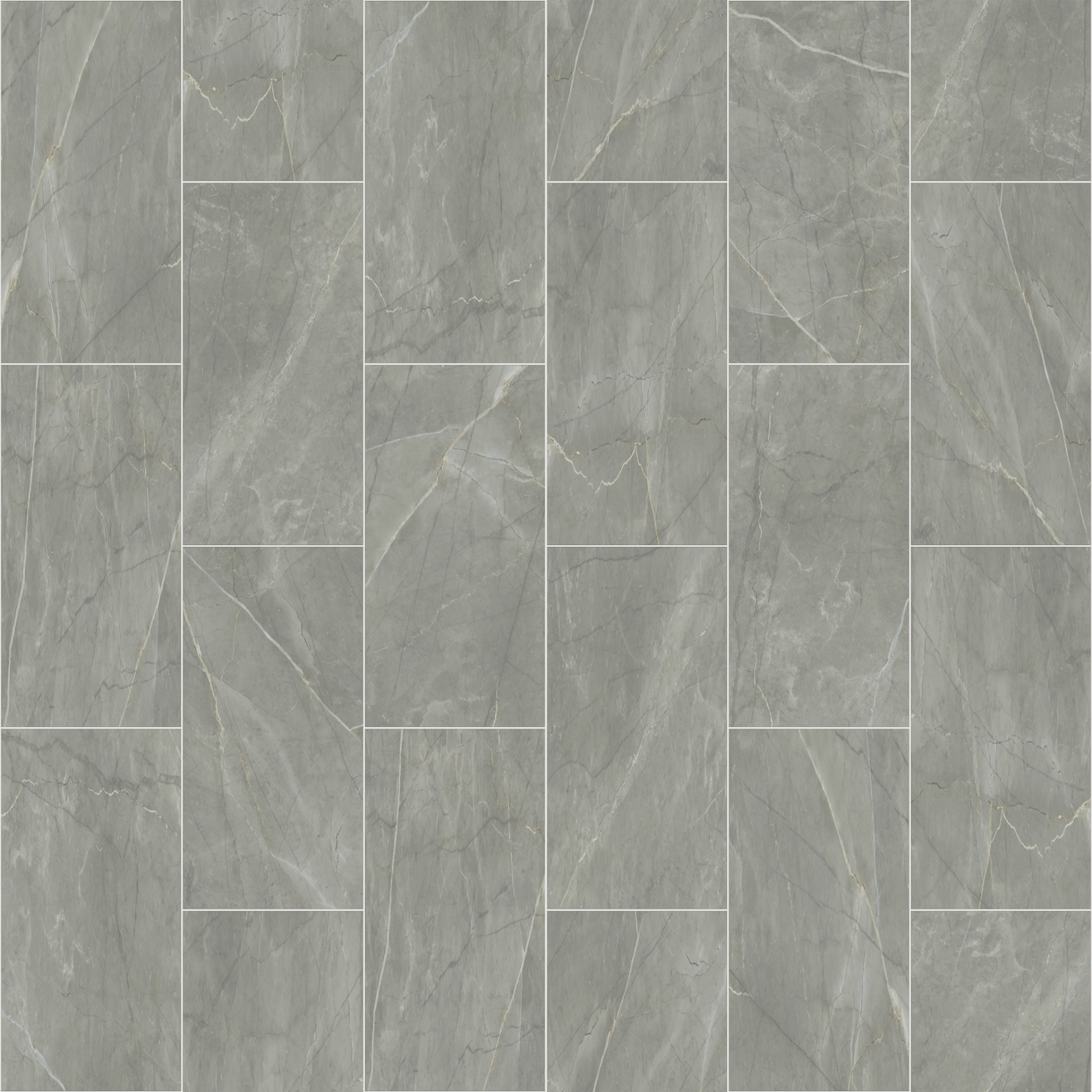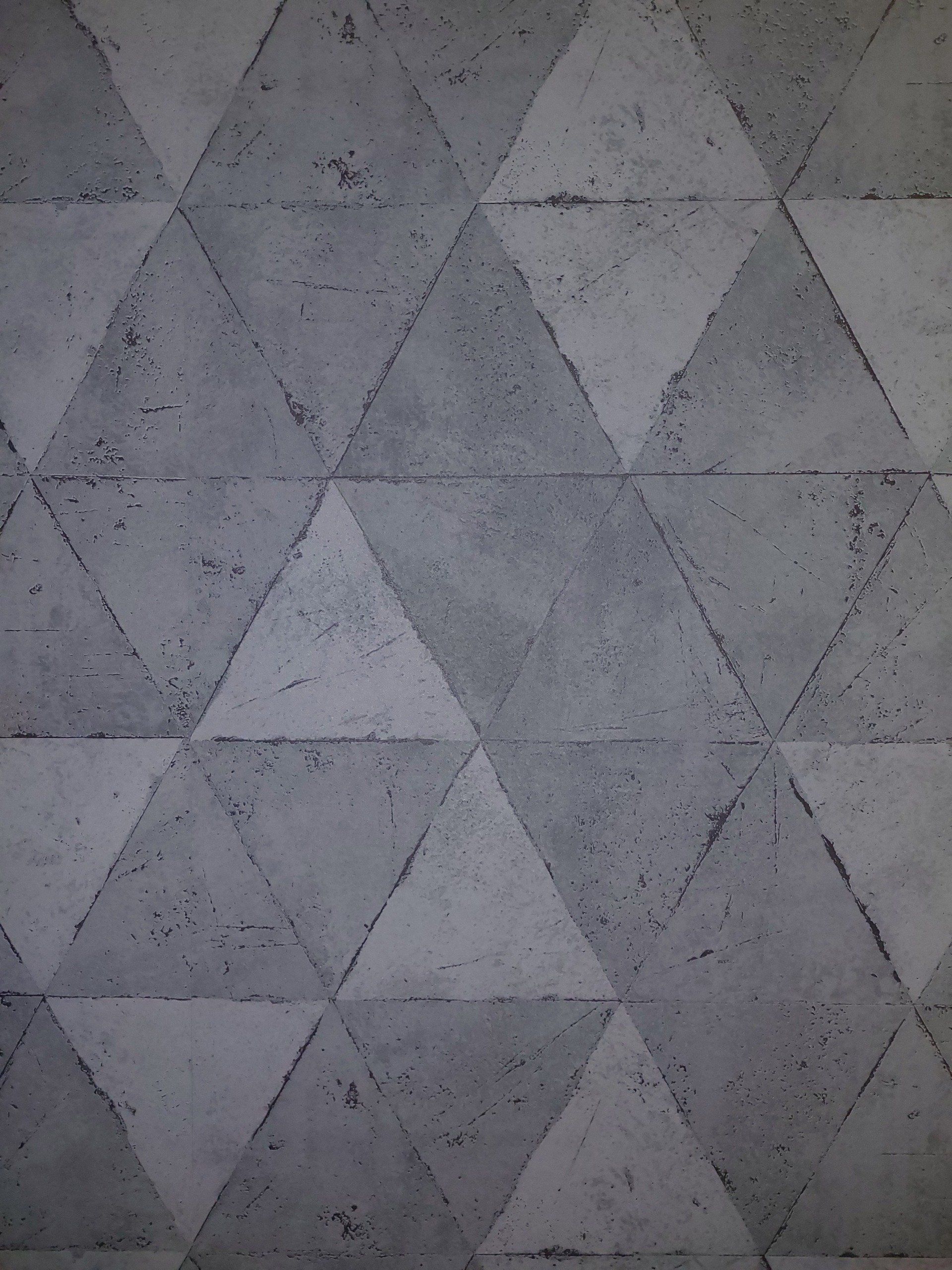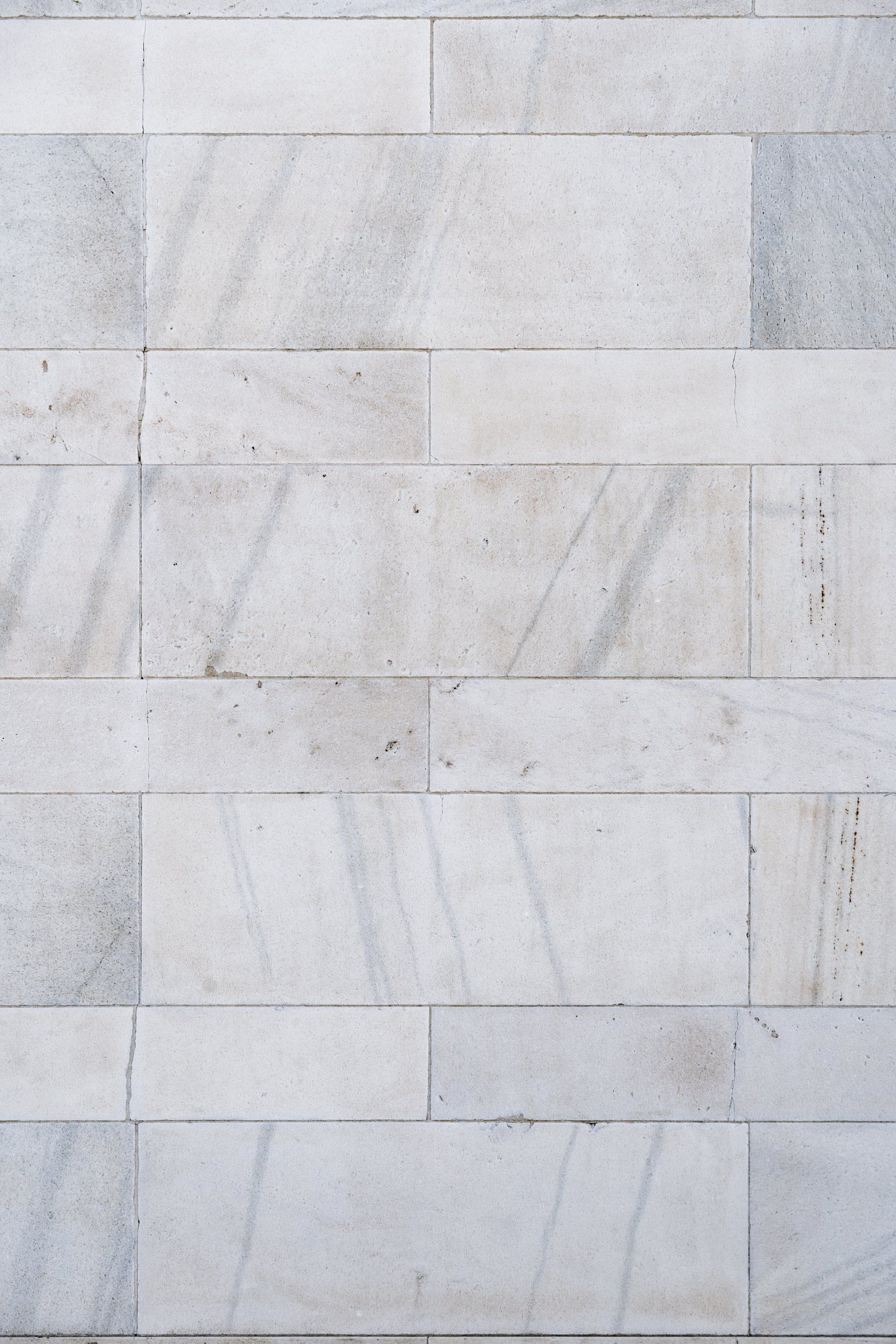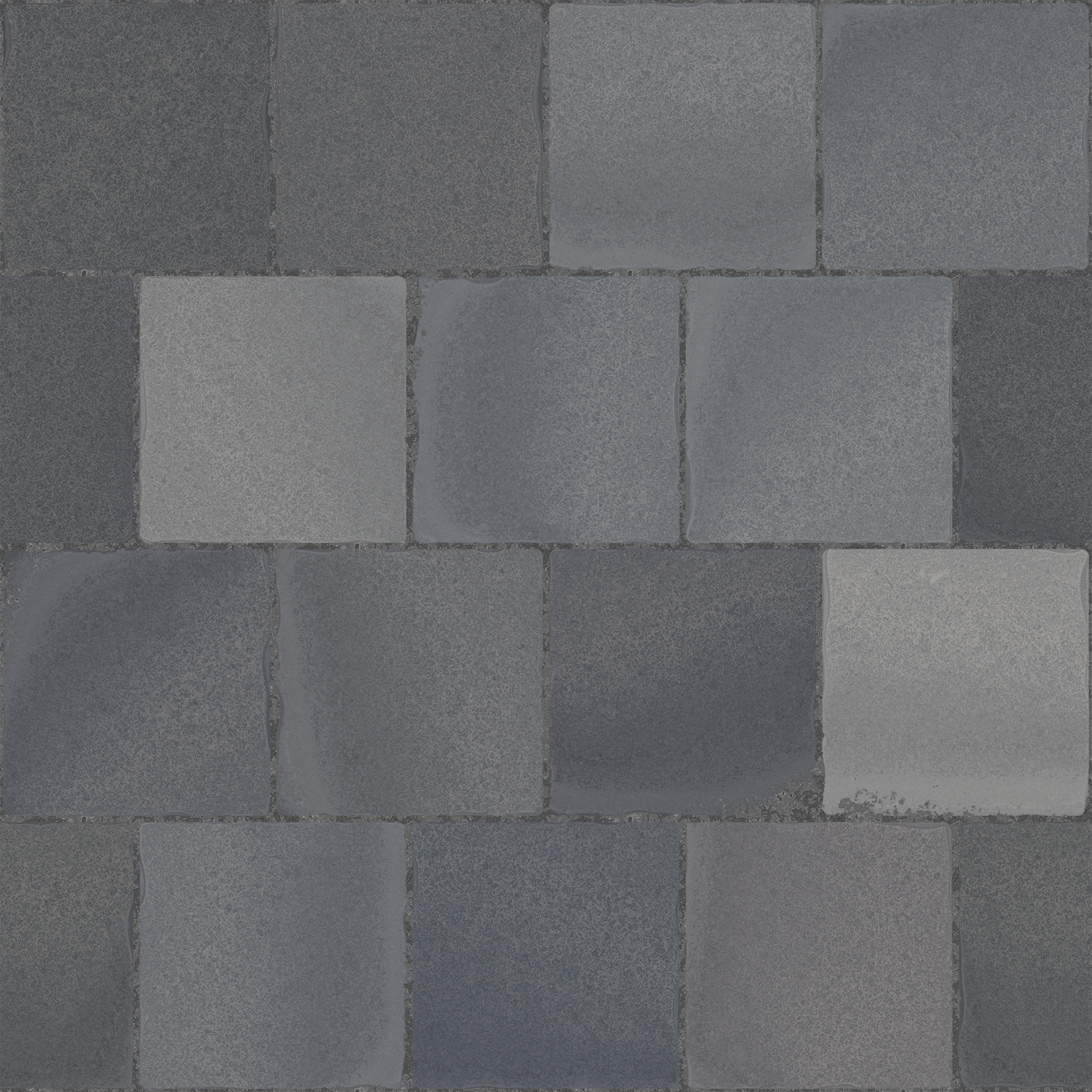Avoiding Efflorescence in Cement Tile Installations
Avoiding Efflorescence in Cement Tile Installations
Efflorescence is a physical process that happens to concrete when it is in contact with water. The subject is a bit technical, but it's easy to grasp and is a must-study if you own a concrete tile or are thinking about its use in a future project. It's important to know what it is and where it is originating from, the reason it happens, and the steps to get rid of it or prevent it from happening. The phenomenon of efflorescence can be found in all concrete, but the issue is usually related to colored or decorated concrete as it alters the appearance and color that the tiles have.
What is Efflorescence?
The term "efflorescence" refers to a powdery substance or incrustation that can form on concrete surfaces such as cement tiles, sidewalks, or drives. It is important to keep in mind that it's a normal physical phenomenon. It can be seen in any product that contains Portland cement, such as clay, terracotta, and concrete. It usually resembles the white salt or powder on cement tiles. The word "efflorescence" is of French origins and translates to flower.
Efflorescence is not typically damaging or leads to structural damage, particularly when the source of the issue is taken care of. But, it isn't pleasant to behold and definitely alters the look and appearance of the tile if it is present.
Where is efflorescence derived from?
Efflorescence is a phenomenon that occurs substances and salts that are soluble get on the surface of mortars and concrete. Have you ever dried a pot in boiling water or washed your car with a hose in the full sunshine? You can see the residual salt or a ring of salt left. The water is drained and evaporates its salt behind. The same is true for efflorescence. When cement tiles become dry, and the lime contained in the cement rises to its surface, the tile with water and then reacts by combining carbon dioxide with air, forming calcium carbonate. In this instance, the form of a white powder or film is formed on the surface of the tile. It's caused due to low temperatures, humid conditions, condensation, and water. It can happen very quickly after exposure to cool or moist conditions, or it can happen more slowly in concrete structures that are sub-grade (like an underground garage parking).
Because of the method in which they are manufactured and transported, there is a possibility of efflorescence in cement tiles when they are removed from their boxes. It is more likely to occur immediately after installation, particularly on cement floors.
Cement tiles are hydraulically compressed and then placed on racks. The tiles are then soaked in water baths to reach saturation with water, which assures proper cement hydration. After that, the tiles are allowed on the drying rack for about 10 days before being allowed to cure prior to shipping.
The kind of efflorescence we have described above is typically known as powdery efflorescence. The phenomenon is prevalent on unsealed outdoor tile walkways and untreated interior tiles that are in humid or wet areas and is typically noticed when newly-made cement tiles are removed out of the box following being kept in humid, cool conditions prior to their installation.
Tile Installation Edmonton Quote
We will get back to you as soon as possible.
Please try again later.
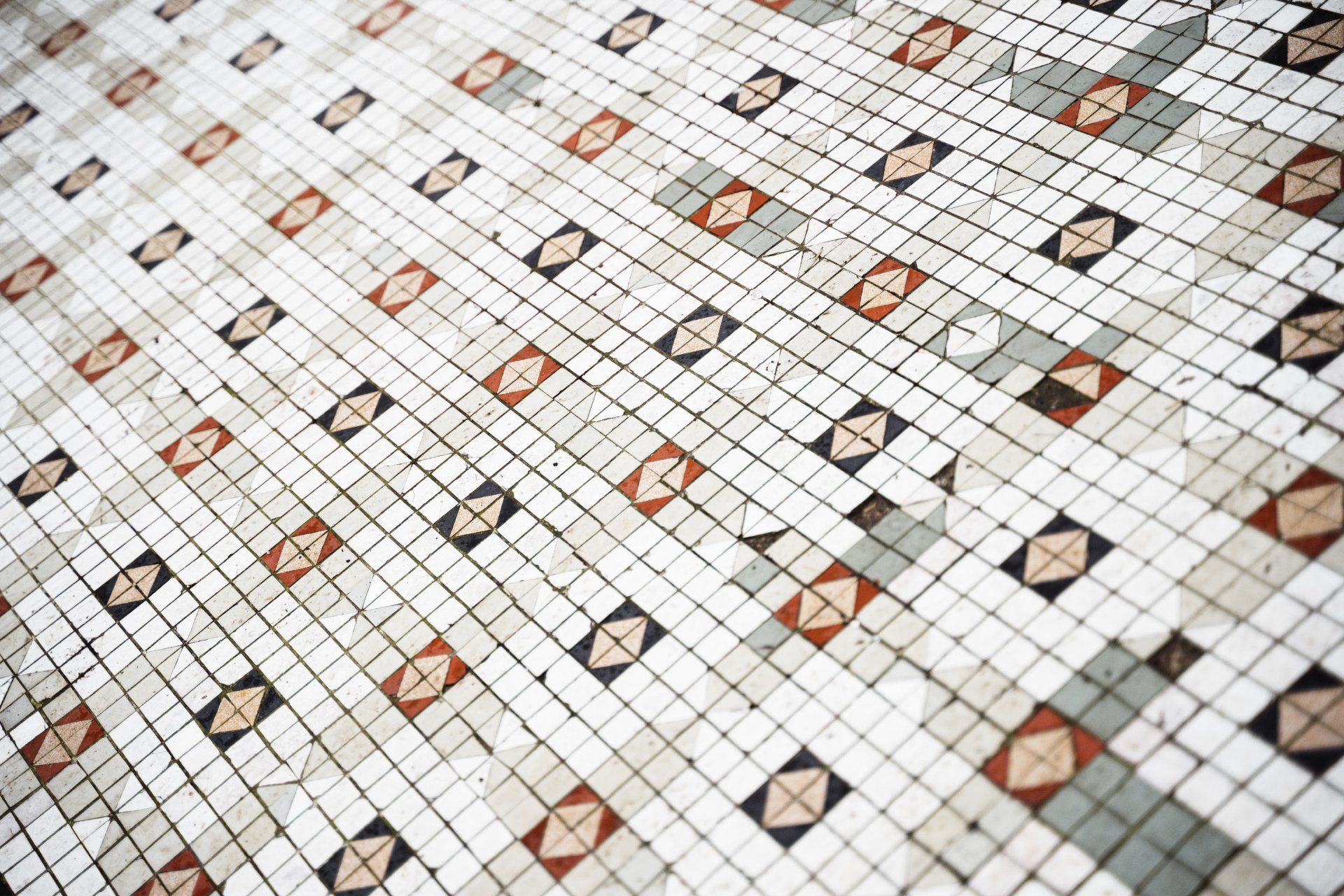
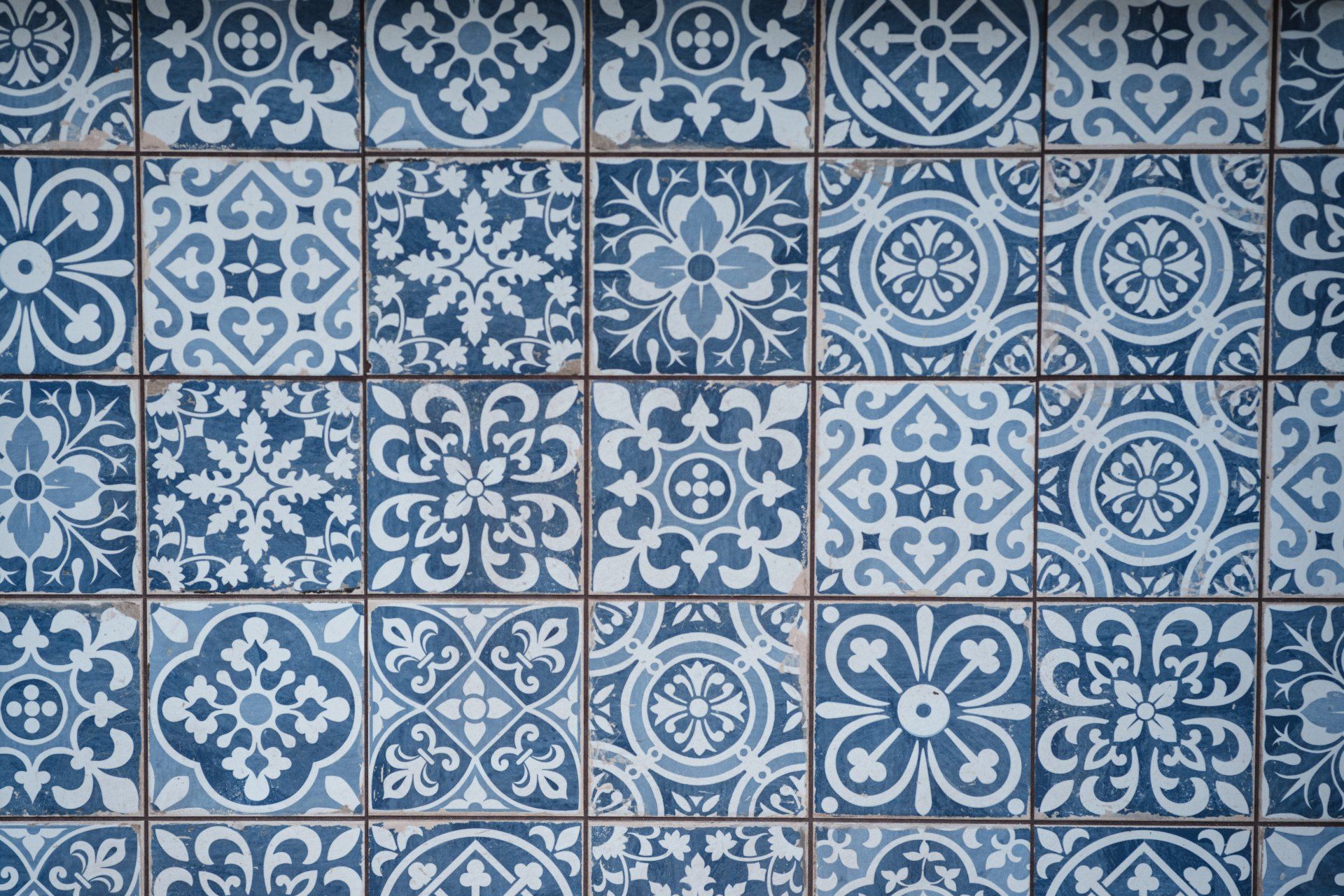
Let’s talk about your project
Fill in the form or call to set up an appointment at 587-801-2246.
Tile Installation Edmonton Quote
We will get back to you as soon as possible.
Please try again later.
Elite Tile Installers Edmonton
Elite Tile Installers Edmonton
10621 79 Ave NW 4 DD, Edmonton, AB T6E 1S2
Disclaimer - This is a referral site. All work is formed by a partner licensed company.


